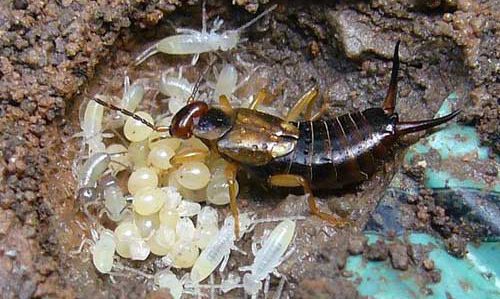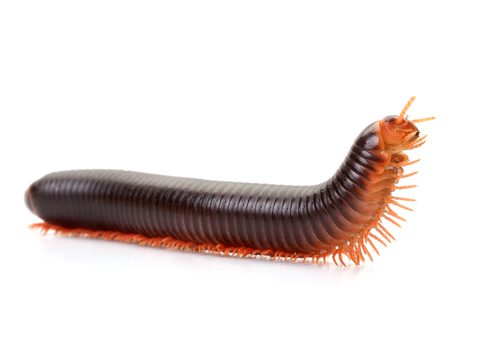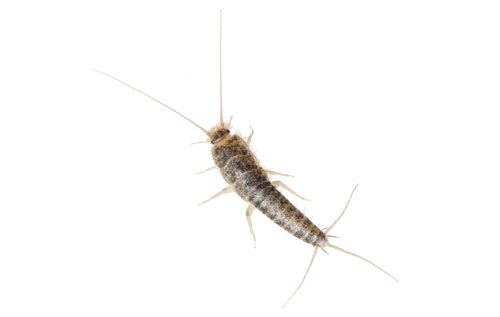941-756-0074
- Earwigs
- Springtails
- Millipedes/Centiipedes
- Crickets
- Fleas
- Ticks
- Silverfish
- Sow Bugs
FLEAS
There are over 2,000 described species of fleas. The most common domestic flea is the cat flea. The adult cat flea, unlike many other fleas, remains on the host. Adults require a fresh blood meal in order to reproduce. The dog flea, appears similar to the cat flea, but is rarely found in the United States. Cat fleas are commonly found on both cats and dogs in North America, while dog fleas are found in Europe. Fleas can be detected early on by observing the behavior of the pet (i.e.. noticing the pet scratching). Flea allergy dermatitis is a costly and uncomfortable ailment for both animals and humans, and early detection and treatment is the key to minimization of suffering. To actively control an infestation, fleas must be removed from the pet, the home and the yard. Removal of fleas from the animal alone is futile.
For more information follow this link to the University Of Florida’s Featured Creature’s Page
EARWIGS
The Ringlegged Earwig pictured to the right is the most common earwig in Florida, and probably the only species that could be considered to be a pest, though it rarely builds to very high numbers. It is mostly known as a nuisance, and the small amount of plant feeding injury it causes likely is offset by its beneficial predatory habits. The European Earwig, pictured below the ringlegged earwig is a predatory insect with omnivorous feeding habits that occasionally result in significant injury to some economic crops. More often, they can be a nuisance by contaminating vegetables with their presence
MILLIPEDES/CENTIPEDES
Most millipedes are slow-moving, eating decaying leaves and other dead plant matter. Some eat fungior suck plant fluids, and a small minority are predatory. Millipedes are generally harmless to humans, although some can become household or garden pests, especially in greenhouses where they can cause severe damage to emergent seedlings
SILVERFISH
Silverfish is a common pest in urban settings. It is a voracious feeder on materials high in starches, glue, and cellulose such as paper, and is a common pest in libraries and museums where paper books and labels are abundant. It can also be found outdoors under rocks, leaf litter, in caves, and in ant nests. Silverfish are silver or pearl-gray in color with a body covered in tiny glistening scales. They are often described as fish-like. This is how it came by the common name silverfish. Silverfish are usually found indoors in concealed, temperature-controlled areas such as bathrooms, attics, and basements. They are often serious pests in commercial buildings with strict climate controls, such as museums, where they can become very problematic pests. When discovered or disturbed, silverfish will dart away quickly to conceal themselves, making them a challenge to catch.





